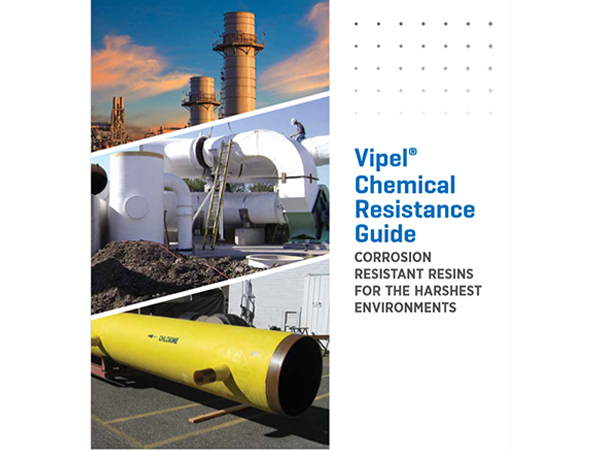
-
 Afrikaans
Afrikaans -
 Albanian
Albanian -
 Amharic
Amharic -
 Arabic
Arabic -
 Armenian
Armenian -
 Azerbaijani
Azerbaijani -
 Basque
Basque -
 Belarusian
Belarusian -
 Bengali
Bengali -
 Bosnian
Bosnian -
 Bulgarian
Bulgarian -
 Catalan
Catalan -
 Cebuano
Cebuano -
 China
China -
 China (Taiwan)
China (Taiwan) -
 Corsican
Corsican -
 Croatian
Croatian -
 Czech
Czech -
 Danish
Danish -
 Dutch
Dutch -
 English
English -
 Esperanto
Esperanto -
 Estonian
Estonian -
 Finnish
Finnish -
 French
French -
 Frisian
Frisian -
 Galician
Galician -
 Georgian
Georgian -
 German
German -
 Greek
Greek -
 Gujarati
Gujarati -
 Haitian Creole
Haitian Creole -
 hausa
hausa -
 hawaiian
hawaiian -
 Hebrew
Hebrew -
 Hindi
Hindi -
 Miao
Miao -
 Hungarian
Hungarian -
 Icelandic
Icelandic -
 igbo
igbo -
 Indonesian
Indonesian -
 irish
irish -
 Italian
Italian -
 Japanese
Japanese -
 Javanese
Javanese -
 Kannada
Kannada -
 kazakh
kazakh -
 Khmer
Khmer -
 Rwandese
Rwandese -
 Korean
Korean -
 Kurdish
Kurdish -
 Kyrgyz
Kyrgyz -
 Lao
Lao -
 Latin
Latin -
 Latvian
Latvian -
 Lithuanian
Lithuanian -
 Luxembourgish
Luxembourgish -
 Macedonian
Macedonian -
 Malgashi
Malgashi -
 Malay
Malay -
 Malayalam
Malayalam -
 Maltese
Maltese -
 Maori
Maori -
 Marathi
Marathi -
 Mongolian
Mongolian -
 Myanmar
Myanmar -
 Nepali
Nepali -
 Norwegian
Norwegian -
 Norwegian
Norwegian -
 Occitan
Occitan -
 Pashto
Pashto -
 Persian
Persian -
 Polish
Polish -
 Portuguese
Portuguese -
 Punjabi
Punjabi -
 Romanian
Romanian -
 Russian
Russian -
 Samoan
Samoan -
 Scottish Gaelic
Scottish Gaelic -
 Serbian
Serbian -
 Sesotho
Sesotho -
 Shona
Shona -
 Sindhi
Sindhi -
 Sinhala
Sinhala -
 Slovak
Slovak -
 Slovenian
Slovenian -
 Somali
Somali -
 Spanish
Spanish -
 Sundanese
Sundanese -
 Swahili
Swahili -
 Swedish
Swedish -
 Tagalog
Tagalog -
 Tajik
Tajik -
 Tamil
Tamil -
 Tatar
Tatar -
 Telugu
Telugu -
 Thai
Thai -
 Turkish
Turkish -
 Turkmen
Turkmen -
 Ukrainian
Ukrainian -
 Urdu
Urdu -
 Uighur
Uighur -
 Uzbek
Uzbek -
 Vietnamese
Vietnamese -
 Welsh
Welsh -
 Bantu
Bantu -
 Yiddish
Yiddish -
 Yoruba
Yoruba -
 Zulu
Zulu
Durable and Lightweight Fiberglass Composite Tanks for Various Applications and Industries
Fiberglass Reinforced Plastic Tanks A Comprehensive Overview
Fiberglass reinforced plastic (FRP) tanks have become increasingly popular in various industries due to their unique combination of strength, durability, and lightweight properties
. These tanks, made from a composite material consisting of a polymer matrix reinforced with fiberglass, offer numerous advantages over traditional tank materials such as steel and concrete.One of the standout features of FRP tanks is their corrosion resistance. In many industrial applications, tanks are exposed to harsh chemicals and environmental conditions that can lead to rapid degradation of conventional materials. FRP, on the other hand, is inherently resistant to corrosion, making it an ideal choice for storing chemicals, wastewater, and other corrosive substances. This property significantly reduces the maintenance costs and risks associated with leakage or contamination.
Weight is another critical factor that makes fiberglass tanks advantageous. Compared to steel or concrete, FRP is substantially lighter, which simplifies transportation and installation. This lightweight characteristic not only facilitates easier handling but also reduces the structural load on support systems and foundations. In applications where weight is a concern, such as in elevated tank installations or on rooftops, FRP tanks offer a viable solution without compromising durability.
Another significant benefit of fiberglass reinforced plastic tanks is their versatility in design and customization. Manufacturers can tailor the size, shape, and specifications of FRP tanks to meet specific requirements of various industries, including agriculture, water treatment, and oil and gas. The ability to mold FRP into complex shapes allows for innovative designs that can save space and enhance functionality.
fiberglass reinforced plastic tanks

Moreover, FRP tanks are resistant to UV radiation and weathering, which is particularly important for outdoor applications. This resistance ensures the longevity of the tanks, as they retain their structural integrity and performance even when exposed to harsh sunlight and fluctuating weather conditions.
In terms of installation, FRP tanks provide additional benefits. Their lightweight nature means that they can often be installed more quickly and with fewer resources than heavier alternatives. This can result in lower labor costs and shorter project timelines, making them an attractive option for businesses looking to optimize their operations.
However, it’s important to note that while fiberglass tanks come with many advantages, there are some considerations to keep in mind. The initial cost of FRP tanks can be higher than traditional materials, which may deter some buyers. Additionally, the manufacturing process for fiberglass requires specialized knowledge and technology, which can limit the availability of these tanks in some regions.
In conclusion, fiberglass reinforced plastic tanks offer a compelling alternative to traditional tank materials. Their resistance to corrosion, lightweight design, versatility, and durability make them an excellent choice for a wide range of applications. As industries continue to seek efficient and sustainable solutions, the demand for FRP tanks is likely to grow. For businesses considering investment in tank solutions, exploring the benefits of fiberglass reinforced plastic could lead to significant long-term advantages, both economically and environmentally.
Latest news
-
Exploring the Benefits of Top Hammer Drifter Rods for Enhanced Drilling PerformanceNewsJun.10,2025
-
High-Precision Fiberglass Winding Machine for GRP/FRP Pipe Production – Reliable & Efficient SolutionsNewsJun.10,2025
-
FRP Pipes & Fittings for Shipbuilding - Corrosion-Resistant & LightweightNewsJun.09,2025
-
Premium FRP Flooring Solutions Durable & Slip-ResistantNewsJun.09,2025
-
Premium Fiberglass Rectangular Tanks Durable & Lightweight SolutionNewsJun.09,2025
-
Tapered Drill String Design Guide Durable Performance & UsesNewsJun.09,2025









